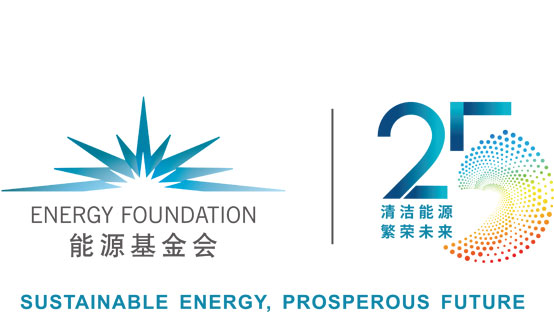A Storm In a Teacup: Impacts and Geopolitical Risks of the European Carbon Border Adjustment Mechanism

A Storm In a Teacup: Impacts and Geopolitical Risks of the European Carbon Border Adjustment Mechanism
Energy Foundation China presents a report commissioned to European thinktanks Sandbag and E3G to analyze the impacts of the European Carbon Border Adjustment Mechanism (CBAM) on Chinese stakeholders.
On 14 July 2021, the European Commission put forward its proposal for a CBAM, a mechanism that would put a carbon levy on imports of certain emission-intensive products from third countries into the European Union. This is part of the “Fit for 55” package, a group of 12 directives and regulations aiming to achieve 55 percent emissions reductions compared to 1990 levels. The European legislative discussions about the EU CBAM are only starting, the final version of the law could change significantly, the final text is expected to be adopted into EU law by 2023 and the proposed start date for the mechanism is 2026.
This report provides a quantified analysis of the impact of the EU CBAM on Chinese trade and the competitiveness of Chinese exports on the EU market. If implemented in its current proposed form, it finds, the overall impact is likely to be small, as the current proposal only covers a small share of Chinese exports to the EU, and importers will recover most of the additional costs through higher prices in EU markets as EU products will also face a similar price increase due to the reduction of free allocations of allowances under the EU emissions trading system.
According to the proposal, the narrow sectoral scope proposed will only affect Chinese exports of steel and aluminum, covering direct emissions only. The mechanism is proposed to be progressively phased in with a three-year trial period in 2023–2025 and steadily increasing in intensity starting in 2026. The full price signal of the CBAM will only be applied in 2035 when free allocation is proposed to be fully phased out.
The impact of the likely CBAM scenario on Chinese exports to the EU is minimal. The sectors covered by the current proposal represented 1.8 percent of Chinese exports to Europe in 2019, in value. Potential extensions could increase that share to 5 percent in an extreme scenario.
A significant part of the cost of CBAM will be recovered by importers in the form of higher selling prices for their products. The overall net effect on importers is likely to be very small. Overall, the total net CBAM cost across all Chinese imports to the EU should barely reach €146 million ($172 million) in 2026 and €208 million in 2035, compared to a total volume of imports from China to the EU of €362 billion in 2019.
A Chinese version of the report will also be available soon.



